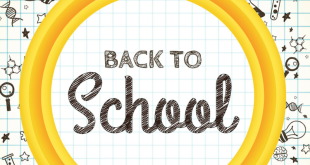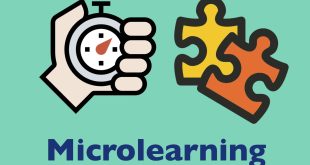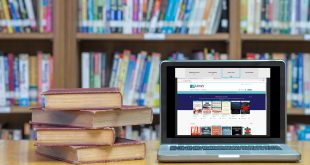In most parts of the world, learning beyond letter grades has slowly gained momentum within the education system. The rationale behind this is mainly to prepare students for the challenging and changing future. The competency based learning model is a good example of this concept. Teachers can certainly make good use of competency based learning to prepare their students for actual competencies, rather than an A grade.
Table of Contents
What is competence?
Competence, according to Merriam-Webster, is the quality or state of having sufficient knowledge, judgment, skill, or strength (as for a particular duty or in a particular respect).
For example, when we describe Ali’s competence after studying Italian for 5 years, we can say “Ali has reached an exceptional level of competence in his Italian.”
Competence vs competency?
What’s the difference between competence and competency? Don’t be fooled! There is a HUGE difference between both concepts. While competence refers to what someone is capable of doing, competency refers to how well he/she can do it. This is going to be the crux of this article – how teachers should work with students to achieve certain standards or goals, rather than mere grades!
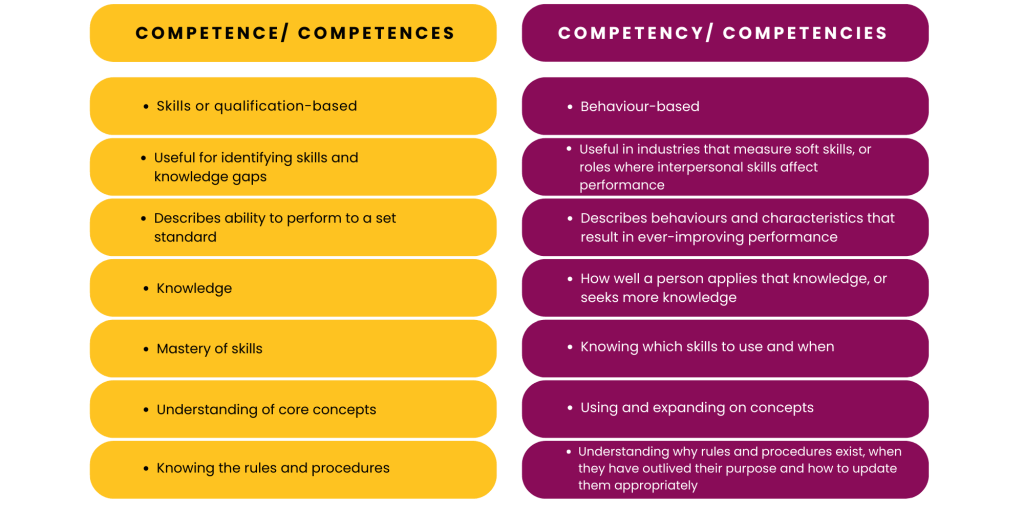
What is competency based learning?
The competency based learning theory is an approach to teaching that challenges the conventional way of focusing on the learning content without paying attention to the mastery of skills.
It is basically centered around giving students the opportunity to thrive by measuring their skills and knowledge at the end of the academic year in a certain subject.
You might like this article: Make Your Students Smarter With Cognitive Theories of Learning
Is competency based education effective? (Curriculum-driven instruction vs competency based learning)
Before we delve into the effectiveness of competency based education, let’s discuss the differences between conventional curricula and those centered around CBL. Is there something wrong with our schools’ current curricula?
This is a question that hundreds of educators, psychologists, and teachers have definitely wondered about one day. Some believe that students no longer need a one-sided approach to learning. Others think that the one-size-fits-all teaching approach can never work for students in the 21st century.
Some even think that education nowadays has to go hand-in-hand with technology. But who is right? What are the main differences between CBL and curriculum-driven instruction?
| Competency based learning | Curriculum-driven instruction |
| Accommodates individual learning needs and interests | Does not take learners’ differences into account |
| Instruction is a product of the collaboration between teachers, educators, and parents | Instruction is designed mainly by the teacher |
| Each student learns at his/her own pace through a preset customized plan that accommodates their level of retention and readiness | All students work on the same curriculum with the same pace, without assessing each student’s level of mastery |
| Grading reflects the mastery of each student in each module in each subject | Grading is entirely focused on a generic set of standards that should be met by the end of the academic quarter/year |
Bob Sornson, a well-known author in the field of education and teaching pedagogies maintains that
In the competency model, students are not passed along with significant gaps in understanding which cause them to fall further and further behind. For the identified crucial learning outcomes, instruction is designed to match the developmental readiness of the students, so that they are engaged and challenged but not frustrated. Students advance upon mastery to higher levels of skill and challenge.
Skolera is keen on delivering a system that helps teachers accurately measure students’ competencies in all subjects with its fully equipped Learning Management System. Feel comfortable trying out new teaching methods, monitor students’ progress, and evaluate them easily and consistently. Our LMS is the perfect platform to be able to carry out teacher duties quickly and effortlessly.
Now you can check Skolera’s features by booking a free demo with one of our experts. For more information on the steps to join Skolera, check the infographic at the end of this article. ⬇️
Competency based learning benefits
Bob Sornson has extensively talked about competency based learning benefits in his book Over-Tested and Under-Prepared, which was published in 2015. He advocates the implementation of CBL in today’s classrooms for various reasons. Competency based learning:
- Encourages that instruction is designed to respond to specific student learning needs and support student progress toward clearly defined learning outcomes.
- Requires a capacity for differentiation, allowing students to learn in different ways, and giving all the time needed for the development of proficiency for crucial skills.
- Requires the articulation of a clear sequence of learning objectives which lead to the desired outcomes, and a plan for on-going assessment of progress.
Competency based learning examples
You might have wondered if competency based learning is still raw and untested. The fact is, however, that some schools in the US have actually started implementing CBL in their classrooms.
In the United States, many states have started focusing on competency based learning. This started as school districts refrained from continuing with the “seat time” system. This system is essentially the amount of time needed for each student to sit in a classroom. Let’s take a look at some competency based learning examples!
In Alabama, school districts have a policy that states that “one credit may be granted in Grade 9–12 for required or elective course consisting of a minimum of 140 instructional hours or in which students demonstrate mastery of Alabama course of study content standards in one-credit courses without specified instructional time.”

In Kentucky and Oregon, schools are allowed to grant “competency based credits” to students if they have proved mastery of skills in a subject.
Iowa encourages school districts to measure both competency based and time-based credits for their students’ graduation.
Other countries like Sweden and Finland have also recognized the huge role that competency based learning plays in preparing students for their future careers. That is why they have included personalized learning to allow students to be responsible for their own learning progress.
Schools there also started directing their curricula towards the learning of mastering competencies in different subjects, rather than focusing on “seat time”.
Of course, the process of transforming a school system from a curriculum-driven to a competency based model is a highly challenging task. It does not take effect in one day, nor does it work for students right away. The key is to introduce the concept little by little and consistently measure its success.
Read more: 14 Reasons Why Teachers LOVE Using The Frayer Model
The 5 elements of CBL – How to implement competency based education?
The Aurora Institute works towards advancing “student-centered, innovative K-12 education systems toward equitable and just outcomes for all.” The institute has developed a “knowledge-building hub”, otherwise known as CompetencyWorks, that is keen on providing data about K-12 competency-based education. This hub concluded that CBL approaches are usually created according to 5 elements.
- Students advance upon mastery.
- Competencies include explicit, measurable, transferable learning objectives that empower students.
- Assessment is meaningful and a positive learning experience for students.
- Students receive timely, differentiated support based on their individual learning needs.
- Learning outcomes emphasize competencies that include application and creation of knowledge, along with the development of important skills and dispositions.
Competency based learning strategies
Sornson also identifies the key principles of instructional strategies that lead to students’ competency. If you’re a teacher, you should keep these strategies in mind before creating a CBL-based subject plan. Here are competency based learning strategies to help you get started.
- Set measurable outcomes or results to be the center of student assessment.
- Pre-assess the gaps in the learning of your students to acknowledge their readiness and learning level.
- Create a teaching plan or curriculum that enables you to provide rich and engaging content as well as monitor your students’ progress simultaneously.
- Teach according to your students’ learning needs. Push skilled students to more challenges for better learning and give less skilled students time to slowly develop their learning skills.
- Write down each student’s progress according to your previously-written outcomes throughout the learning journey, not just at the end of the year or semester.

Competency based learning activities
After all this talk about competency based learning, it’s time we delve into the practical side of this theory. So here are some competency based learning activities that teachers can utilize to implement this theory in their classes.
-
Think-pair-share
In this learning activity, the teacher poses a question, gives students enough time to think about a response, allows them to discuss their answers in pairs, and lets them share their answers with the whole class. It’s an excellent way to keep students involved in discussions, think for themselves, and engage in teamwork.
-
Problem-based learning
You’ve probably heard a thousand times about problem-based learning, but there are few who actually implement it with their students. It is essentially based on giving the students a problem, puzzle, or debate, and letting them solve it either individually or in groups.
The best thing about problem-based learning is that it can reinforce students’ understanding of certain concepts, leading them to the mastery of different skills and competencies.
-
Flipped classroom
Flipped learning is all about letting each student be the main character in the classroom. The teacher generally gives students the learning material before class to absorb it. The next lesson, the students come to class prepared and ready to engage in class discussions. Teachers usually benefit from this technique as it genuinely allows students to eventually master the topic in question.
As we break out of the seat-time system in schools, we have to shift our attention to CBL-based methods to deliver genuine, fruitful education and be able to properly measure learning. In today’s world, students need to be able to adapt to the challenging demands of the workplace.
If you enjoyed reading this article, there’s plenty more! You can even receive our latest resources via email. Sign up for our newsletter and become a part of Skolera’s community now.
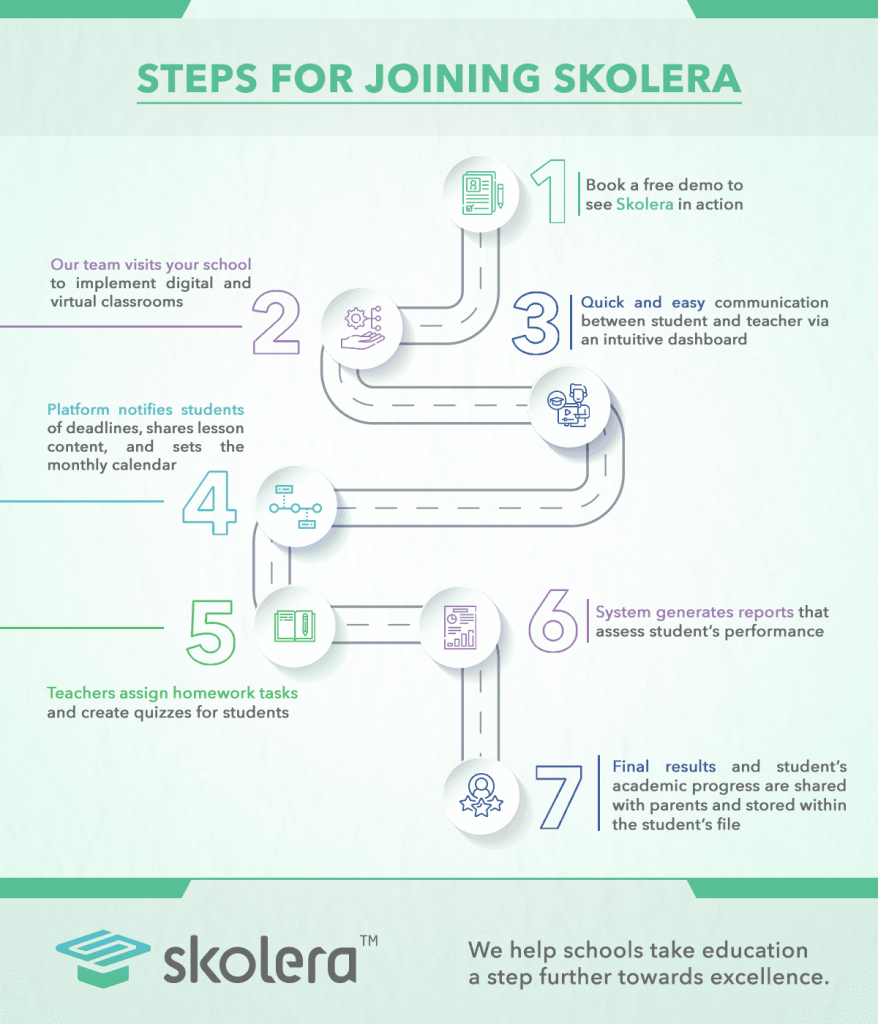
Sources:
2- W. I. Griffith1 & Hye-Yeon Lim – Introduction to Competency-Based Language Teaching
 Skolera LMS Blog Educational Technology Articles and News
Skolera LMS Blog Educational Technology Articles and News


